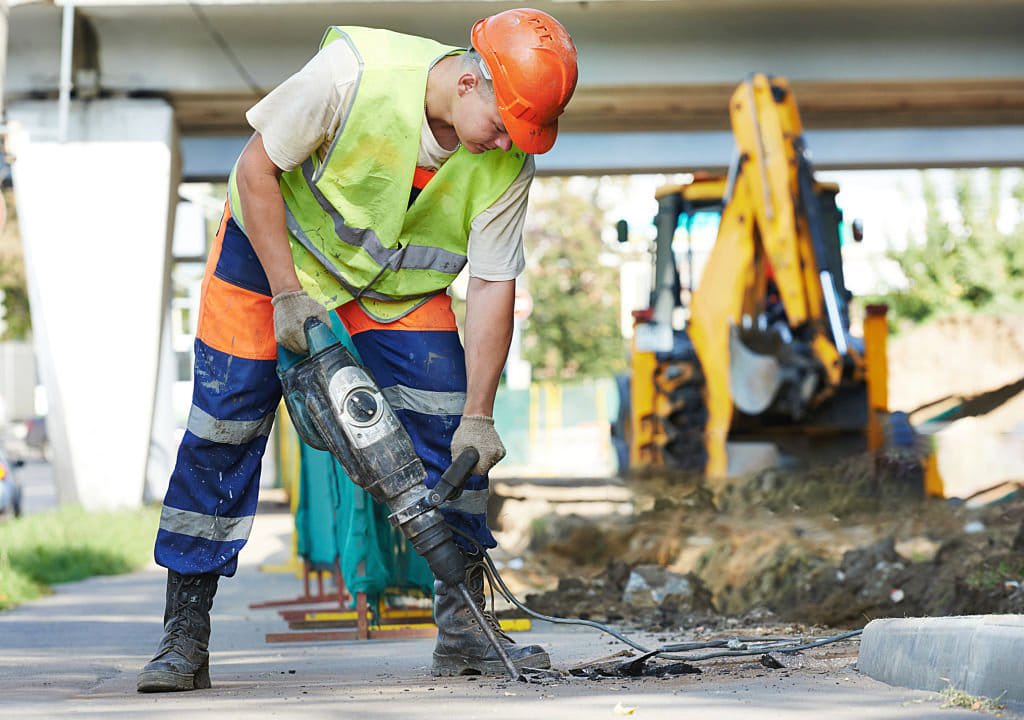
Personal Protective Equipment (PPE) is essential for safeguarding workers from physical, chemical, and environmental hazards. However, it can also interfere with the body’s natural evaporative cooling process, leading to heat retention and potential health risks. Understanding how PPE prevents evaporative cooling and mitigating its effects is crucial for worker safety.
PPE can block airflow and trap sweat, reducing the body’s ability to cool itself through evaporation. This can increase the risk of heat-related illnesses, especially in high-heat environments. Choosing breathable materials and innovative designs helps address these challenges.
To explore this topic, we’ll examine the science of evaporative cooling, its importance, and how PPE impacts this vital process.
What is evaporative cooling, and why is it important for body temperature regulation?
Evaporative cooling is a natural physiological mechanism that prevents the body from overheating in high temperatures or during physical activity.
Evaporative cooling occurs when sweat evaporates from the skin, dissipating heat and maintaining a safe body temperature. It is critical for preventing heat stress.
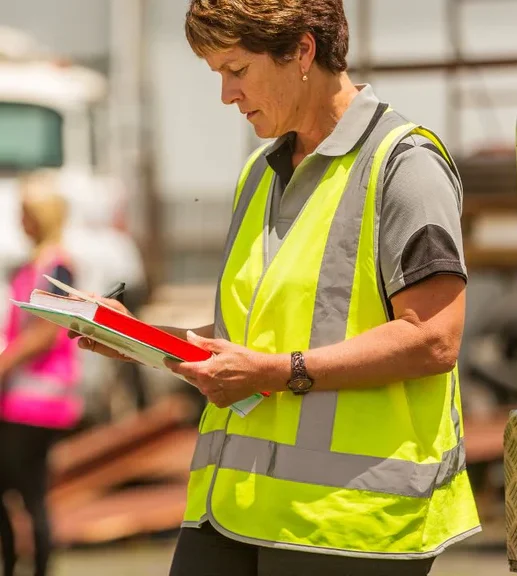
Evaporative cooling is the body’s primary method for heat regulation, especially in hot environments. When the body heats up, sweat glands release moisture onto the skin. As sweat evaporates, it absorbs heat from the skin, lowering body temperature. Key factors influencing evaporative cooling include:
- Airflow: Good airflow facilitates faster evaporation, enhancing cooling.
- Humidity: High humidity reduces evaporation rates, making cooling less effective.
- Skin Exposure: Areas of exposed skin allow for more efficient sweat evaporation.
In occupational settings where heat exposure is significant, such as construction, firefighting, or manufacturing, evaporative cooling is vital for preventing heat stress and related illnesses.
What are the risks of impaired evaporative cooling for workers in high-heat environments?
When evaporative cooling is hindered, workers are at increased risk of heat-related illnesses and reduced productivity.
Impaired evaporative cooling can lead to heat stress, dehydration, and even heatstroke, especially in physically demanding or high-heat work environments.
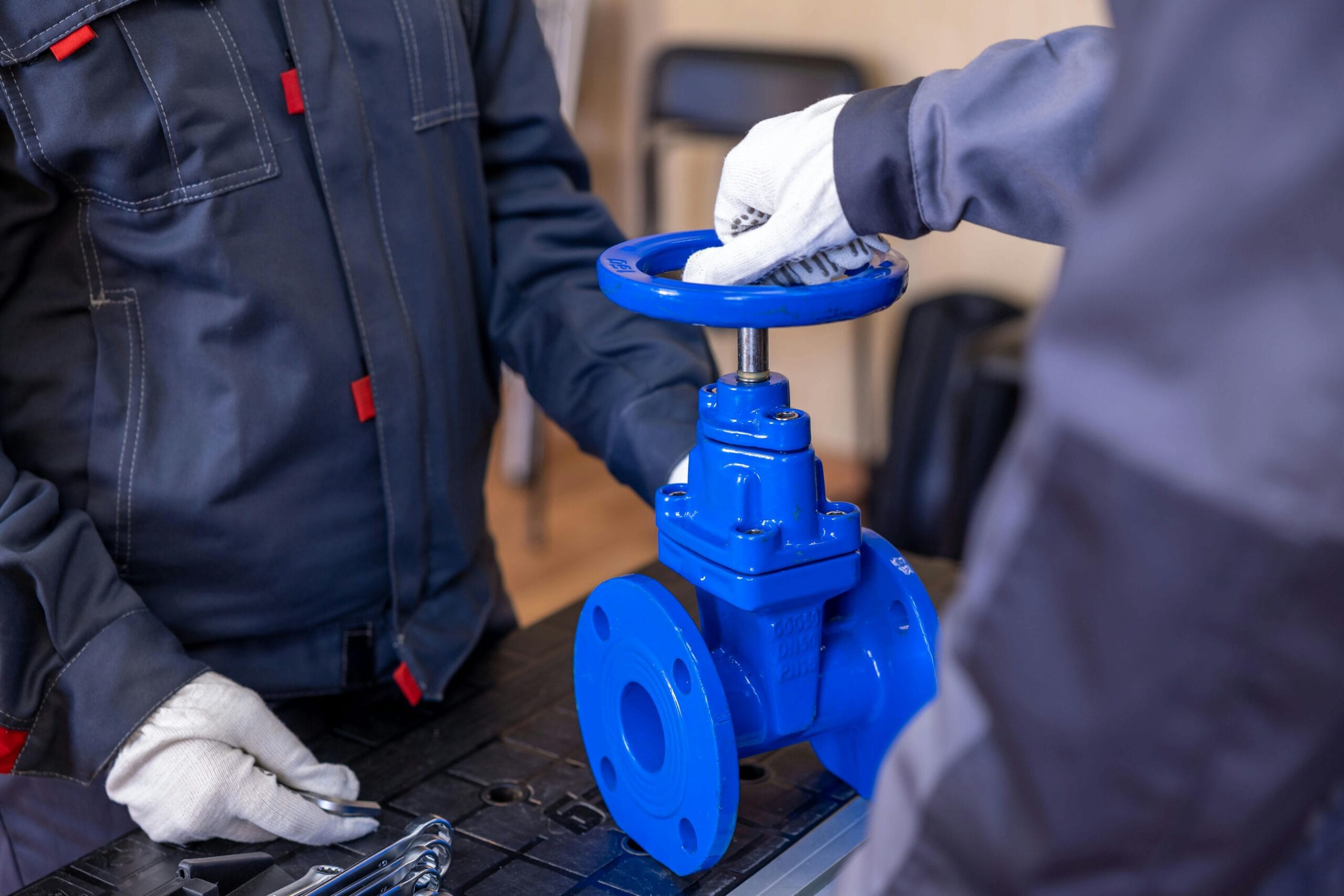
Heat stress is a serious occupational hazard, especially in industries requiring heavy PPE. Without effective evaporative cooling, workers face several risks:
- Heat Stress: Prolonged heat exposure leads to symptoms like fatigue, dizziness, and increased heart rate.
- Dehydration: As the body produces more sweat to compensate, dehydration can occur, further impairing cooling.
- Heatstroke: Severe cases of heat stress can escalate to heatstroke, a life-threatening condition that requires immediate medical attention.
- Reduced Productivity: Workers struggling with overheating may experience slower reaction times, reduced focus, and fatigue, increasing accident risks.
Industries like firefighting, chemical handling, and construction are particularly vulnerable to these risks due to the combination of PPE requirements and high-heat environments.
How do different PPE materials impact heat retention and evaporative cooling?
The materials used in PPE significantly influence their ability to retain heat and allow for evaporative cooling.
Non-breathable materials like rubber and PVC trap heat and moisture, while breathable fabrics like treated cotton or polyester blends promote evaporative cooling.
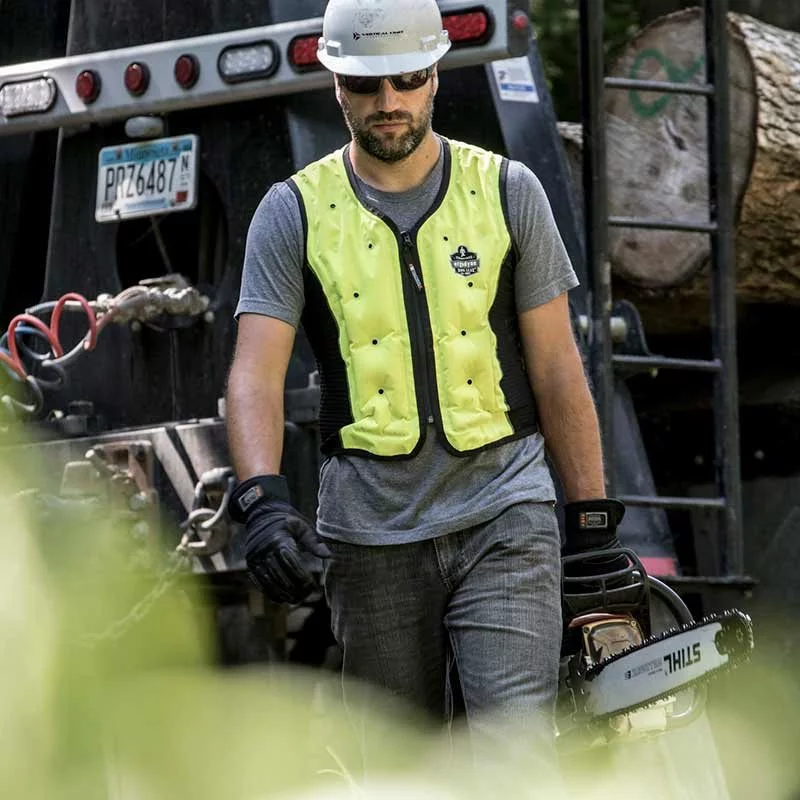
The choice of PPE material plays a crucial role in heat retention and cooling efficiency. Here’s a comparison of common PPE materials:
| Material | Heat Retention | Breathability | Examples of Use |
|---|---|---|---|
| Rubber or PVC | High | Very Low | Chemical protection suits |
| Treated Cotton | Moderate | Medium | Fire-resistant clothing |
| Polyester Blends | Low to Moderate | High | Moisture-wicking shirts |
| Aluminized Fabrics | High | Low | Reflective heat protection suits |
Key Considerations:
- Non-Breathable Materials: PPE made from impermeable materials blocks sweat evaporation, trapping heat and moisture.
- Breathable Fabrics: Moisture-wicking materials allow sweat to evaporate, improving cooling.
- Multi-Layer Designs: Some PPE combines breathable inner layers with protective outer shells to balance safety and cooling.
What types of PPE are most likely to prevent evaporative cooling?
Certain types of PPE are more restrictive and hinder evaporative cooling, especially in high-risk environments.
Full-body suits, gloves, helmets, and face shields are examples of PPE that restrict airflow and trap moisture, increasing heat retention.
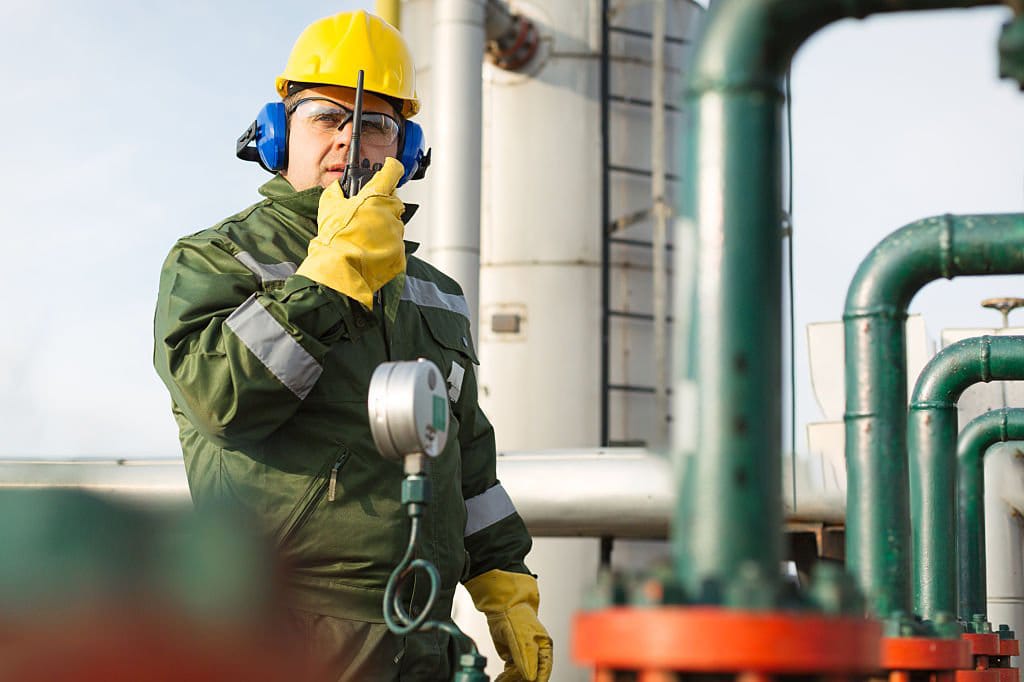
PPE designed for maximum protection often sacrifices breathability. Here are some examples:
- Full-Body Protective Suits: Used in chemical or hazardous material handling, these suits create an airtight barrier, trapping heat and sweat.
- Gloves: Thick gloves, such as those made for chemical or electrical protection, prevent sweat evaporation from the hands.
- Helmets and Face Shields: While essential for head and face protection, these items block airflow and trap heat around the head and neck.
- Rubber Boots: Designed for chemical or electrical safety, these trap moisture, leading to discomfort and heat buildup.
To counteract these effects, workers should use PPE with cooling features, such as ventilation systems or moisture-wicking liners.
Conclusion
While PPE is essential for protecting workers from hazards, it can prevent evaporative cooling, leading to heat-related health risks. By understanding how different materials and designs impact cooling, industries can adopt solutions that balance safety with comfort. Advanced PPE innovations, coupled with proper hydration and rest breaks, can mitigate the challenges of heat retention, ensuring worker well-being in high-temperature environments.
Zion Zhang
Recent Posts
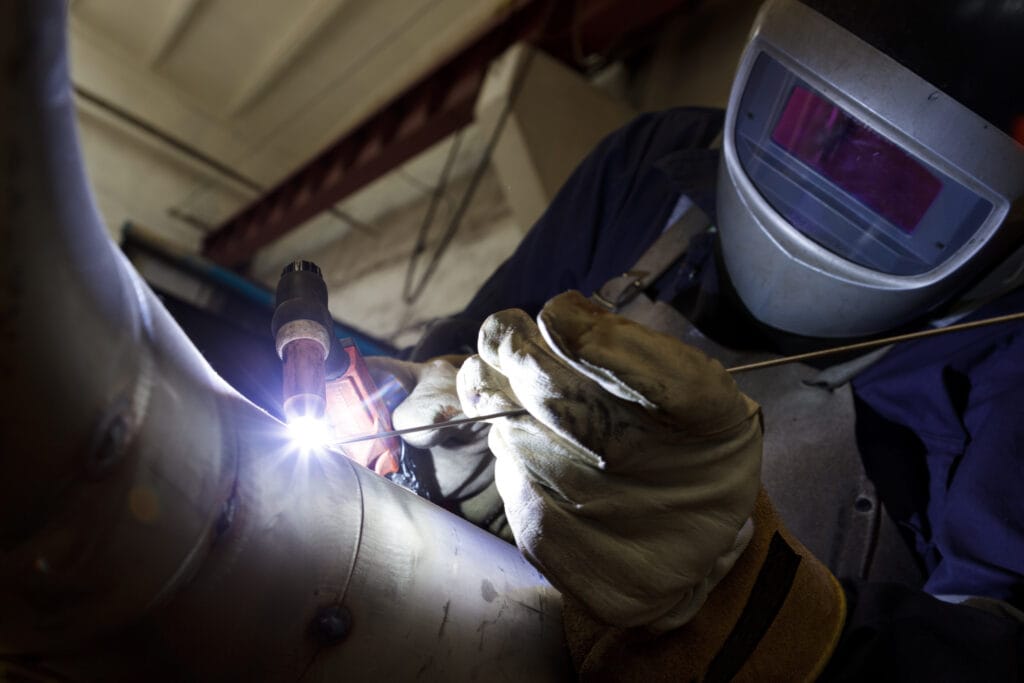 Voltage-Rated Gloves: Insulating Hands from Deadly Contact2025年6月24日Your hands are your most valuable tools—and in electrical […]
Voltage-Rated Gloves: Insulating Hands from Deadly Contact2025年6月24日Your hands are your most valuable tools—and in electrical […]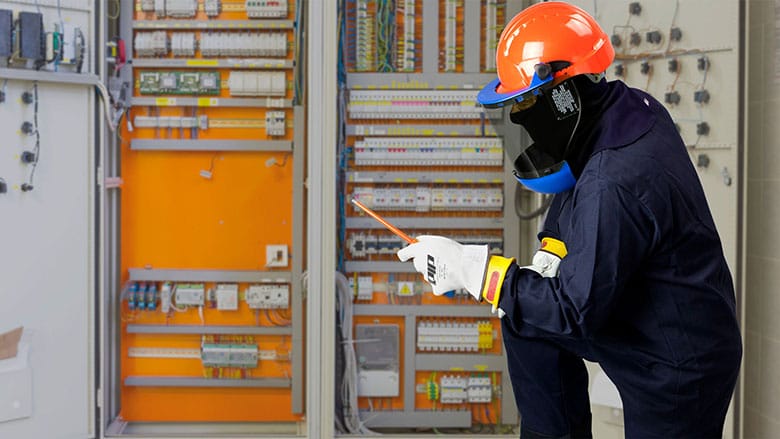 Arc Flash Hoods and Face Shields: Full Protection for the Head and Face2025年6月24日In arc flash environments, protecting the head and face […]
Arc Flash Hoods and Face Shields: Full Protection for the Head and Face2025年6月24日In arc flash environments, protecting the head and face […] Arc-Rated Clothing: The Foundation of Arc Flash Protection2025年6月24日In the world of electrical safety, there’s no […]
Arc-Rated Clothing: The Foundation of Arc Flash Protection2025年6月24日In the world of electrical safety, there’s no […]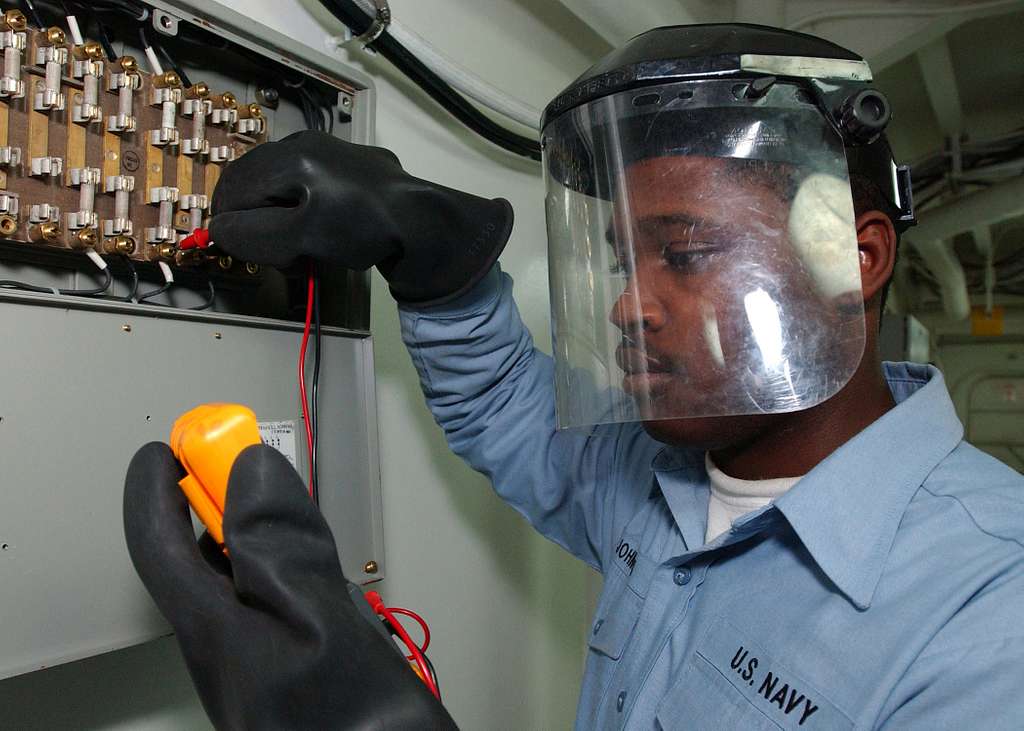 PPE for Arc Flash Protection: What You Need to Know2025年6月24日Arc flash incidents are some of the most severe and sudden […]
PPE for Arc Flash Protection: What You Need to Know2025年6月24日Arc flash incidents are some of the most severe and sudden […]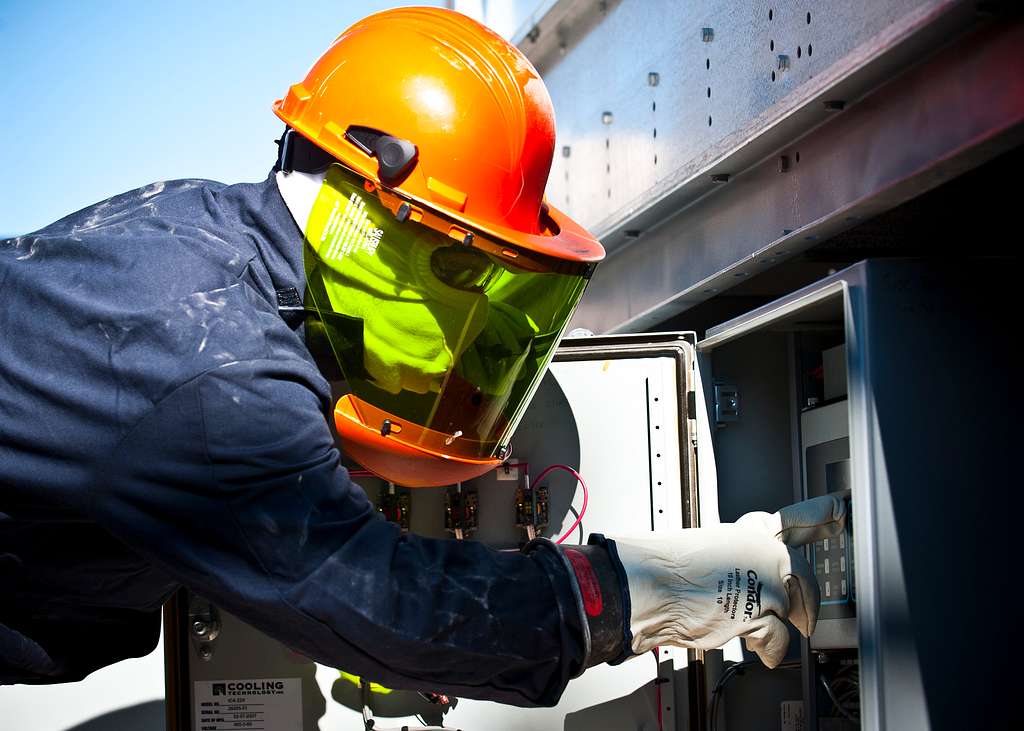 Arc Flash Suits: Essential Protection Against Electrical Hazards2025年6月24日Electricity is silent but deadly. Every year, hundreds of […]
Arc Flash Suits: Essential Protection Against Electrical Hazards2025年6月24日Electricity is silent but deadly. Every year, hundreds of […]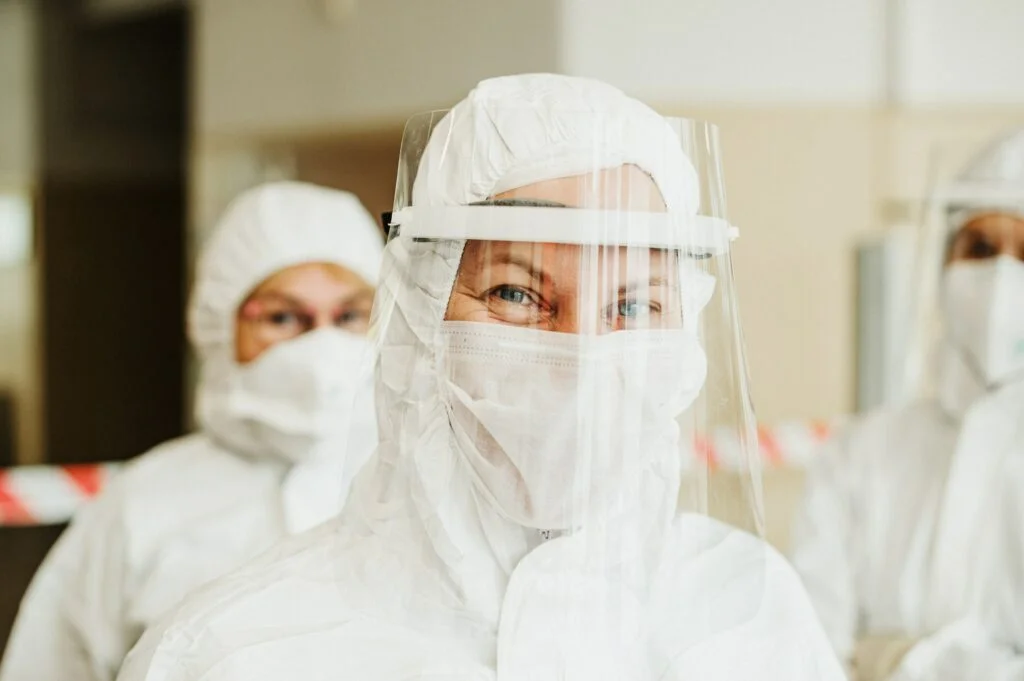 Why is PPE important in Healthcare2025年6月19日Personal Protective Equipment (PPE) is one of the most […]
Why is PPE important in Healthcare2025年6月19日Personal Protective Equipment (PPE) is one of the most […]
CONTACT US
- Feel free to contact us any time. We will get back to you as soon as we can!
- +86-17330061805
